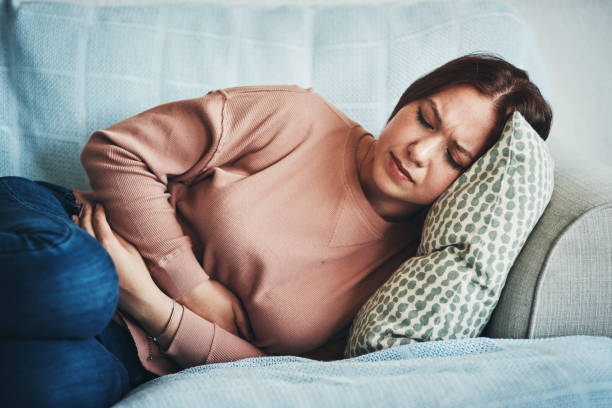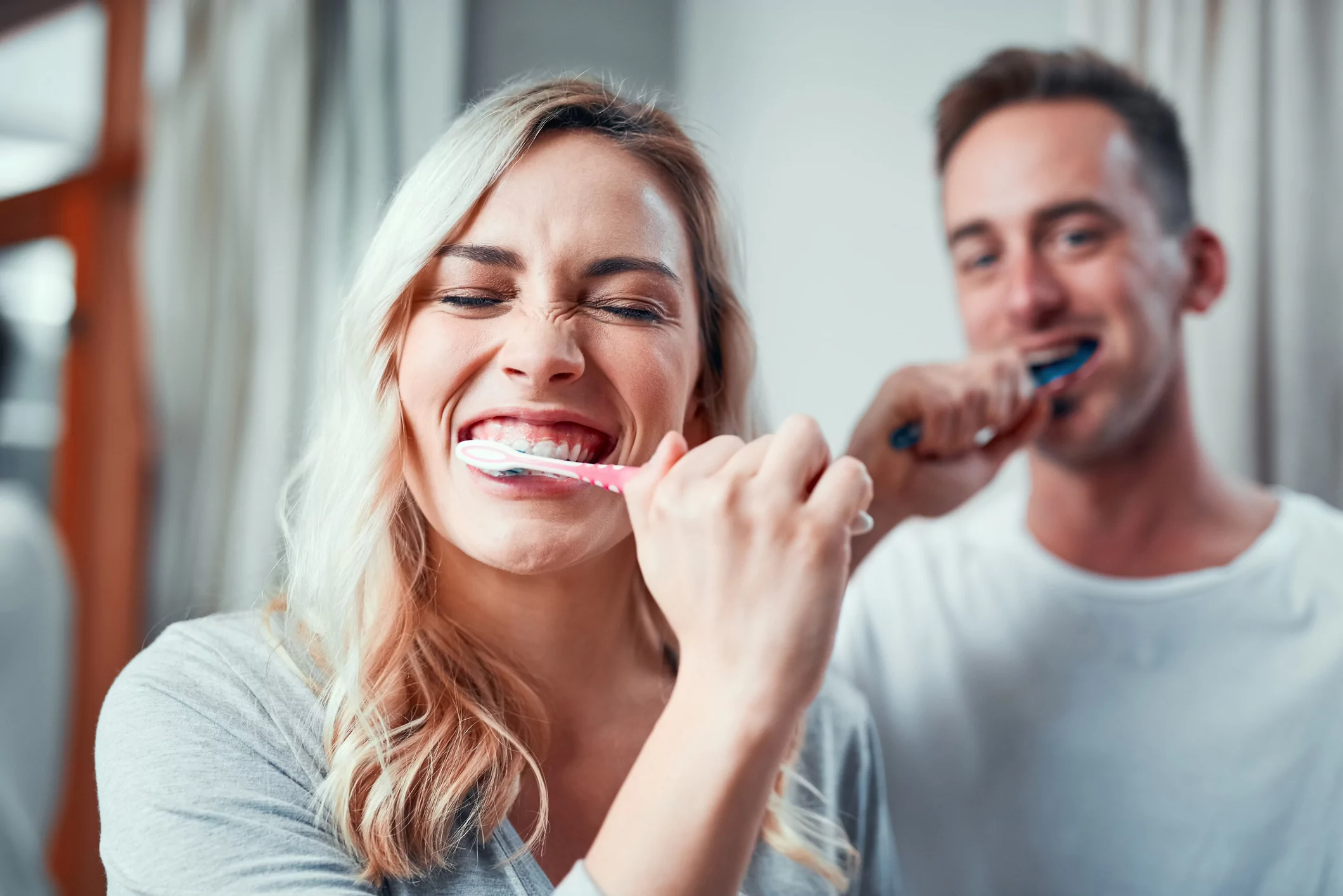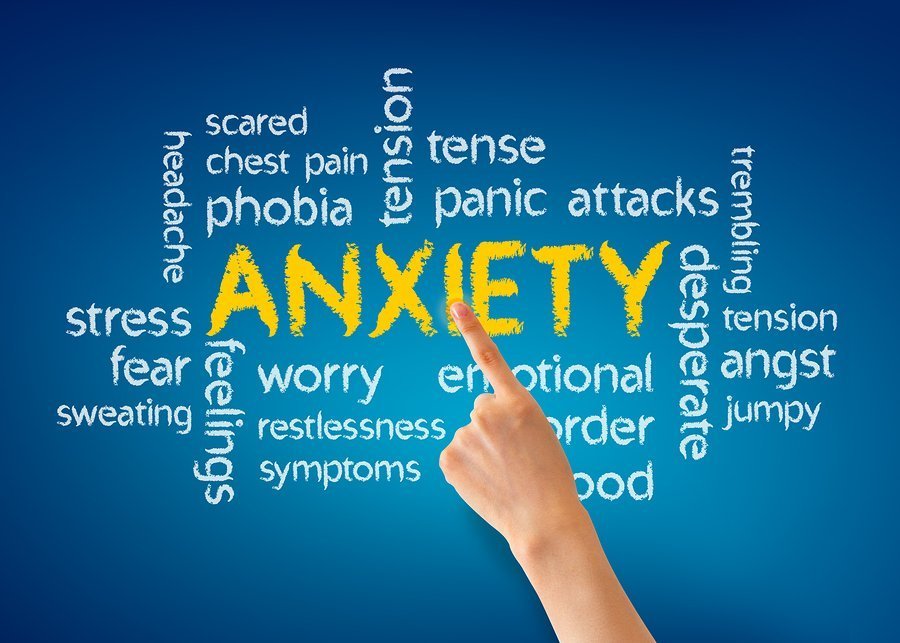Table of Contents
ToggleDo you often feel sick to your stomach because of anxiety? You’re not alone. Anxiety can cause physical symptoms like nausea and stomach discomfort, making it difficult to function. The good news is that there are ways to manage these symptoms. In this article, we’ll share tips and strategies to help you stop feeling sick from anxiety, so you can get back to feeling like yourself again.
In this article, we’ll share practical tips and strategies to help you stop feeling sick from anxiety. Whether you’re experiencing occasional anxiety or a chronic condition, these techniques can help you take control of your physical and mental health.
Understanding the Connection Between Anxiety and Anxiety Related Nausea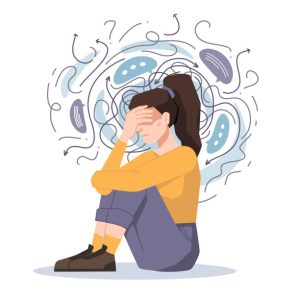
Anxiety can cause symptoms because of the body’s fight-or-flight response. When faced with a perceived threat, the body releases adrenaline, which prepares it for action. This response can trigger symptoms like nausea, dizziness, and an upset stomach. The body’s reaction is meant to protect us, but prolonged anxiety can cause these symptoms to persist and impact our overall well-being.
In addition to these symptoms, anxiety can also lead to headaches, muscle tension, and difficulty breathing. These physical sensations can further exacerbate feelings of anxiety, creating a vicious cycle. It’s important to recognize the connection between anxiety and symptoms and address them accordingly. Techniques such as deep breathing, meditation, and physical exercise can help to reduce anxiety and the associated symptoms. Seeking the help of a mental health professional may also be beneficial in managing anxiety and its physical manifestations.
Physical symptoms of anxiety nausea
Anxiety-related nausea is a common symptom of anxiety disorders, and it can significantly impact a person’s daily life. When experiencing anxiety, the body enters a “fight or flight” response, which can cause the digestive system to slow down or even stop.
This can lead to feelings of nausea, bloating, and stomach pain. In some cases, anxiety-related nausea can be a sign of irritable bowel syndrome (IBS), a chronic condition that affects the digestive system.
In addition to nausea, other symptoms of anxiety can include sweating, trembling, and increased heart rate. These symptoms can further exacerbate feelings of anxiety and make it difficult to go about daily activities.
It is important to note that anxiety-related nausea can also be a side effect of certain medications, so it is important to speak with a healthcare provider if you are experiencing this
Anxiety disorders
Anxiety disorders are a group of mental health conditions characterized by persistent and excessive worry, fear, and stress. There are several types of anxiety disorders, each with its unique set of symptoms and triggers.
Generalized anxiety disorder (GAD) is a prevalent anxiety disorder that causes excessive worrying about everyday events and situations.
Panic disorder is another type of anxiety disorder characterized by sudden and intense panic attacks that can cause anxiety nausea, heart palpitations, and shortness of breath.
Social anxiety disorder is a type of anxiety disorder that causes extreme fear of social situations, leading to avoidance of such situations.
Specific phobias are also common anxiety disorders, characterized by an intense and irrational fear of certain things or situations.
Treating anxiety involves a combination of medication, therapy, and lifestyle changes. The most common medications used to treat anxiety disorders are selective serotonin reuptake inhibitors (SSRIs) and benzodiazepines.
Therapy is another essential aspect of treating anxiety, with cognitive-behavioral therapy (CBT) being the most effective form of therapy.
Lifestyle changes such as regular exercise, healthy eating, and avoiding alcohol and drugs are also critical in managing anxiety.
Recognize your triggers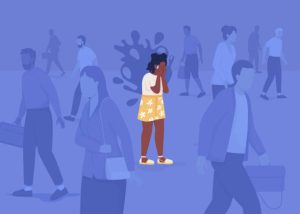
Recognizing your triggers is crucial for managing anxiety. Triggers are situations or events that cause a heightened emotional response, and identifying them can help you anticipate and cope with anxious feelings. Common triggers for anxiety include public speaking, social situations, crowded places, and even unexpected changes in routine. By recognizing these triggers, you can take steps to prepare yourself for these situations or avoid them if necessary.
It’s important to track your symptoms and note when they occur to help identify your triggers. For example, if you experience anxiety before a presentation, it may be helpful to practice your presentation in advance or talk to a friend or therapist for support. If being in crowds triggers your anxiety, you may need to plan outings during less busy times or try grounding techniques like deep breathing or visualization to manage your symptoms.
By recognizing your triggers and developing coping strategies, you can take control of your anxiety and live a more fulfilling life. Remember that everyone experiences anxiety differently, and what triggers one person may not affect another. It’s important to pay attention to your own symptoms and reactions and to seek professional help if your anxiety is affecting your daily life. With practice and patience, you can learn to manage your triggers and live a happier, healthier life.
Practice relaxation techniques
Relaxation techniques are effective in managing anxiety. Deep breathing, meditation, and yoga are examples of strategies that can help you relax. These techniques can reduce stress levels, lower blood pressure, and improve sleep quality. To incorporate relaxation techniques into your daily life, set aside time each day for practice. For example, try deep breathing exercises for a few minutes in the morning, practice yoga after work, or meditate before bed. It’s essential to create a calm and quiet space, free from distractions. With regular practice, relaxation techniques can become a natural part of your daily routine, helping you feel more relaxed and focused throughout the day.
Additionally, there are other relaxation techniques that you can try, such as progressive muscle relaxation, visualization, and aromatherapy. Progressive muscle relaxation involves tensing and relaxing each muscle group to promote relaxation. The visualization uses mental images to create a sense of calm and well-being. Aromatherapy uses essential oils to promote relaxation and reduce stress. Incorporating these techniques into your daily routine can help you manage anxiety and promote physical and emotional wellness.
It’s important to remember that relaxation techniques may not work for everyone, and it’s essential to seek professional help if you’re struggling with severe anxiety or other mental health issues. Nonetheless, with practice, relaxation techniques can become an effective tool to help manage stress and promote overall well-being. Start by trying a few different techniques and find what works best for you. Taking care of your mental health is an essential part of leading a healthy and fulfilling life, and practicing relaxation techniques can be an excellent first step toward achieving that goal.
Try cognitive behavioral therapy (CBT)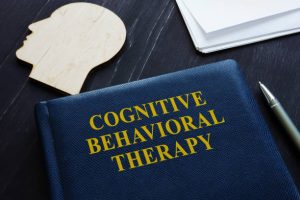
If you’re struggling with anxiety, cognitive-behavioral therapy (CBT) may help. CBT is a type of talk therapy that focuses on changing negative thought patterns and behaviors. CBT can help manage anxiety by teaching individuals to recognize and challenge negative thoughts and beliefs that contribute to anxious feelings. For example, a person with social anxiety may believe that everyone is judging them negatively, but through CBT, they can learn to challenge this belief and replace it with a more positive and realistic thought.
Exposure therapy, another CBT technique, involves gradually exposing an individual to anxiety-provoking situations to help them learn to manage their anxiety. It’s important to seek professional help if needed to get the most out of CBT.
Consider meditation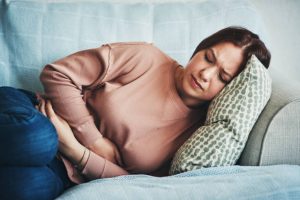
Medication can help manage symptoms of anxiety. Anti-anxiety medication can reduce anxiety and promote relaxation, but may be habit-forming. Antidepressants can also help but may take weeks to take effect. Anti-nausea medication can alleviate nausea and vomiting but can cause drowsiness.
It is important to note that medication should be prescribed and monitored by a healthcare professional. They can help determine the most effective medication and dosage for each individual’s needs, while also monitoring for side effects or interactions with other medications. While medication can be helpful, it is often most effective when used in combination with therapy or other forms of treatment.
It’s important to understand that medication is not a one-size-fits-all solution. What works for one person may not work for another, and finding the right medication and dosage may take some trial and error.
Additionally, medication should not be the sole method of managing anxiety, as it does not address the underlying causes of anxiety. Instead, it can be used as a tool to alleviate symptoms and improve quality of life while working on the root causes of anxiety through therapy, lifestyle changes, and other approaches. With the guidance of a healthcare professional, medication can be a helpful part of a comprehensive treatment plan for managing anxiety.
Take care of your physical health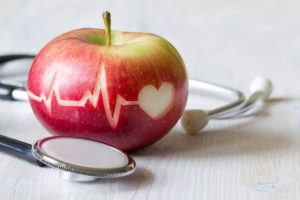
Taking care of your physical health is essential for maintaining good mental health and managing anxiety symptoms. When you neglect your physical health, it can lead to increased stress, depression, and anxiety. However, incorporating healthy habits into your daily routine can help to reduce anxiety and improve your overall well-being.
To maintain good physical health, it’s important to get regular exercise. Exercise helps to reduce stress and anxiety by releasing endorphins, which are natural mood boosters. It’s recommended to aim for at least 30 minutes of exercise per day, such as brisk walking, jogging, or yoga.
Eating a healthy diet is also crucial for physical and mental health. Consuming nutrient-dense foods, such as fruits, vegetables, and lean protein, can help to boost energy levels and reduce feelings of fatigue. Avoiding processed and sugary foods can also help to reduce inflammation and improve gut health.
Getting enough sleep is another essential component of physical health. Lack of sleep can cause increased stress and anxiety, as well as impact cognitive function and productivity. It’s recommended to aim for 7-9 hours of sleep per night and establish a consistent sleep routine to improve the quality of your sleep.
In summary, taking care of your physical health is crucial for maintaining good mental health and managing anxiety symptoms. By incorporating regular exercise, a healthy diet, and getting enough sleep into your daily routine, you can improve your physical health, reduce anxiety, and improve your overall well-being.
Let yourself relax
To combat anxiety symptoms, take breaks. Racing thoughts can overwhelm, causing physical symptoms. If typing stresses you out, take time off. Instead, watch TV or listen to music. Don’t worry about the next activity, it’s not important.
Another way to combat anxiety symptoms is to practice relaxation techniques. Deep breathing, progressive muscle relaxation, and mindfulness meditation can help calm the mind and body. Try each of these techniques to find what works best for you.
In addition, exercise can also help reduce anxiety. Physical activity releases endorphins, which are natural mood boosters. Take a walk, go for a jog, or try a yoga class to get your body moving.
Finally, don’t be afraid to reach out for support. Talk to a trusted friend or family member, or consider seeking professional help from a therapist or counselor. It’s okay to ask for help when you need it.

